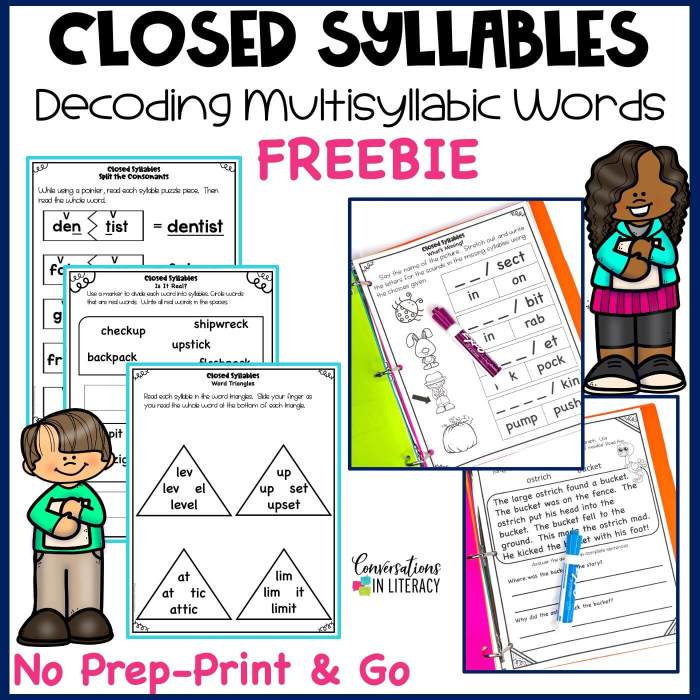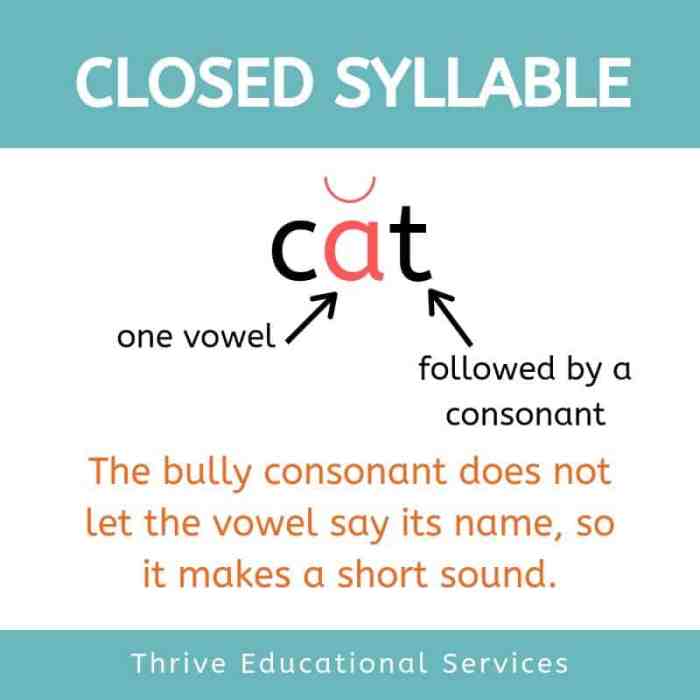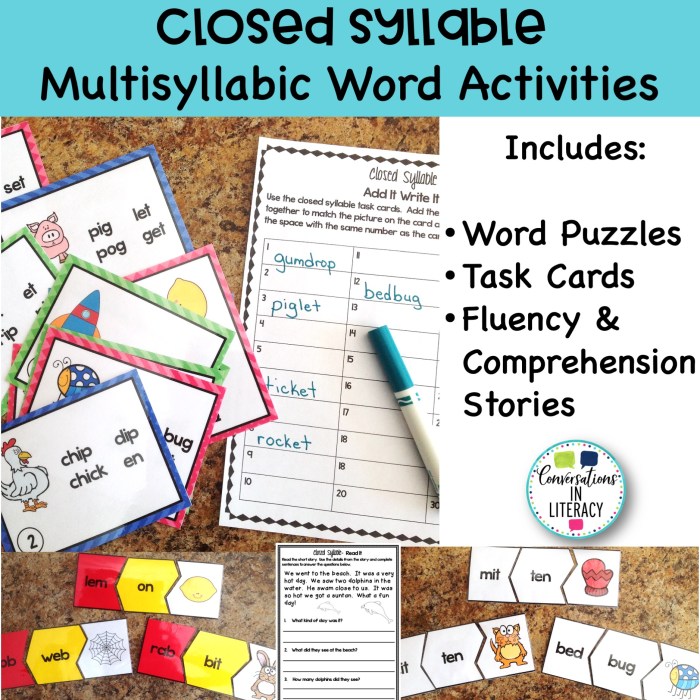Is trot a closed syllable? Embark on an enlightening journey to unravel the mysteries of syllables, delving into the intriguing world of linguistics. We’ll explore the concept of closed syllables, dissect the word “trot,” and uncover its unique characteristics.
Closed syllables possess a fascinating ability to shape the pronunciation and rhythm of words, leaving an imprint on the tapestry of language. Join us as we delve into the intricacies of closed syllables and discover their captivating influence.
Definition of a Closed Syllable

A closed syllable is a syllable that ends in a consonant sound. In other words, the vowel sound in a closed syllable is followed by one or more consonant sounds.
Linguists debate whether the word “trot” is a closed syllable, but it’s clear that the music genre “trot” has an open and welcoming sound. As the article “From the House of Yemanja” explores, trot’s lively rhythms and heartfelt lyrics have resonated with audiences worldwide, showcasing the genre’s universal appeal.
Yet, the question of “trot” as a closed syllable remains an intriguing linguistic puzzle.
Here are some examples of closed syllables:
- cat
- dog
- run
- jump
- stop
Trot as a Syllable

In the English language, syllables are the building blocks of words. Each syllable is a single, unbroken sound that is produced by a combination of vowels and consonants. The word “trot” consists of one syllable.
Determining the Number of Syllables in “Trot”
To determine the number of syllables in a word, you can clap your hands or tap your fingers to the rhythm of the word as you say it aloud. Each time you clap or tap, you have identified a syllable.
For the word “trot,” you will clap or tap only once, indicating that it has one syllable.
Why “Trot” is Considered a Closed Syllable
A closed syllable is a syllable that ends with a consonant sound. In the word “trot,” the syllable ends with the consonant sound “/t/.” Therefore, “trot” is considered a closed syllable.
Exceptions to the Rule

While the general rule of a closed syllable is a vowel followed by one or more consonants at the end of a word, there are a few exceptions to this rule.
One exception is when the final consonant is doubled. In this case, the syllable is still considered closed, even though there are two consonants at the end. For example, the word “batter” has a closed syllable because the final consonant “t” is doubled.
Another exception is when the final consonant is followed by a consonant blend. A consonant blend is a combination of two or more consonants that are pronounced together as a single sound. For example, the word “act” has a closed syllable because the final consonant “t” is followed by the consonant blend “ct”.
Words that Do Not Follow the Typical Closed Syllable Pattern
There are also a few words that do not follow the typical closed syllable pattern. These words are often exceptions to the rule because they have a vowel at the end of the word, but they are still considered closed syllables.
Some examples of words that do not follow the typical closed syllable pattern include:
- Have
- Love
- The
- Me
- We
Implications of a Closed Syllable: Is Trot A Closed Syllable

Closed syllables have a significant impact on the pronunciation and rhythm of words. They can affect the stress and emphasis placed on certain syllables, as well as the overall flow and cadence of a word.
Impact on Pronunciation
In a closed syllable, the vowel sound is shortened and often obscured by the consonant sound that follows it. This can make the vowel sound less distinct and more difficult to pronounce. For example, the vowel sound in the word “cat” is much shorter and less pronounced than in the word “car,” which has an open syllable.
Impact on Stress and Rhythm, Is trot a closed syllable
Closed syllables can also affect the stress and rhythm of words. Stressed syllables are pronounced with greater force and emphasis, and they tend to occur on open syllables. In contrast, unstressed syllables are pronounced with less force and emphasis, and they often occur on closed syllables.
The placement of stressed and unstressed syllables can create a particular rhythm or cadence in a word. For example, the word “computer” has two closed syllables and one open syllable. The stress falls on the open syllable, creating a rhythm that is both strong and steady.
Examples and Counter-Examples

To further illustrate the concept of closed syllables, let’s explore some examples and counter-examples:
Examples of Closed Syllables
- bat
- bit
- cut
- dog
- hop
In these examples, the final consonant sound is pronounced, indicating a closed syllable.
Counter-Examples to the Rule
- bathe
- bite
- cube
- dive
- hope
These words are exceptions to the rule, as the final consonant sound is silent, resulting in an open syllable.
Question & Answer Hub
What is a closed syllable?
A closed syllable ends with a consonant sound, preventing the vowel from being prolonged.
How many syllables are in the word “trot”?
The word “trot” has one syllable.
Why is “trot” considered a closed syllable?
The word “trot” ends with a consonant sound (/t/), making it a closed syllable.